Content:
Fungal diseases are typical not only for apple trees, but also for pear crops. The home garden is always attacked by various pests. Scab refers to just such pathogens. Moreover, each culture is characterized by the presence of its own fungus, which is not tolerated.
Briefly about the disease
The fungus that infects pear varieties is winter-hardy, able to wait out the cold in foliage fallen in autumn and on shoots. This is what allows the disease to progress along with the formation of kidneys. Pear scab infects trees earlier than apple scab, but the methods of control are the same for both species.
The active development of a fungal infection is always facilitated by the arrival of cold weather, long spring rains and cold summers. Heat development and dry weather inhibit development. Germination of fungal spores begins in favorable weather conditions. The degree of infection and, in principle, the process of fungus formation directly depend on the level of air humidity and temperature. In addition, high humidity is not necessarily heavy rains, but the formation grew. It is not uncommon for gardeners to encounter scab during summer droughts, which is surprising. To understand what scab is, consider its description and symptoms.
The first indicators of the formation of a fungus include black spots on the leaves of a pear of a velvety bloom-like appearance. Initially, the disease manifests itself in small, subtle, rounded specks. But even at this stage, the scab on the pear already harms the plant, because the process of tissue destruction has already started. Within a few days, fungal spots become more noticeable. Providing favorable conditions for development, the fungus can appear throughout the crown.
Signs of a scab on a tree
When a tree stops bearing fruit, it is difficult to immediately understand what is wrong. At the same time, experienced gardeners know that the absence of an ovary and its instability, weak flowering are signs of a tree infection with scab. Examining the pear leaf, you can see that it begins to turn black from the bottom, and gradually the focus will acquire a dark dull color. As a result, the foliage will crumble, and the plant will remain naked ahead of time.
If the infection with the fungus occurs after the fruit set, the infection will spread to the fruit. With the development of the fetus, the fungus also increases, a point of dark brown color appears, velvety to the touch. Before the fruit ripens, the spots are round, small in diameter. The more the fruits ripen, the darker the fungus becomes on them. An infected pear can change shape, becomes gnarled.
Scab can form not only on foliage and fruits. The appearance of cracks and swelling of the bark on the shoot are one of the symptoms of the development of fungal spores inside. When the bulge bursts, the spores travel to the rest of the tree and continue to harm. The infected part of the tree is covered with small, almost imperceptible cracks, which then begin to peel off.
Fungus life period
The fungal infection is immune to frost and is able to winter on foliage that has fallen under the plant.It is the surviving spores that are considered breeders that are able to wait for spring.
Spores that are in the ground after decaying foliage carry rain and wind. After getting on the fruit or plant, the fungus continues to actively develop and grow for the next 2 months. Then, within 2 weeks, disputes appear, which are called secondary. So the infection multiplies all summer, as long as the weather conditions permit. When the weather changes or when the pear culture develops immunity, the fungus stops spreading.
The possibility of infection of fruit trees cannot be discarded just because of the lack of rain and heat. Mists and dew are also great environments to start disease. In any case, scab control is necessary on apple and pear trees in order to protect and maintain stable fruiting from year to year.
How to treat a disease of culture
Having found a plant infected with scab, it can and even needs to be processed. There are many manufacturers offering a wide variety of spore-like fungus medications. The largest number of such drugs contains copper, which the fungus is so afraid of. You can fight fungal infections using two groups of agents: chemical, with a fungicidal effect, and natural.
When asked what to do if the scab is on the pear and how to treat it, gardeners unanimously answer - to spray with a mixture of Bordeaux. This remedy resists the weather, helps to get rid of the infection and protect the plant for up to 14 days.
When black spots appear on the leaves of pears, how to deal with the parasite, experienced gardeners advise:
- Treat the leaf, trunk and shoots with a mixture of lime and copper sulfate. Such an event is repeated several times annually, preferably in the spring, before the beginning of fruiting, and in the fall, when the crop has already been harvested. It is useful to alternate Bordeaux liquid with copper sulfate;
- Remove the infected parts of the pear as much as possible: tear off the leaf, fruits, cut off the shoots.
The desire to fight a pest is good, but there must be a measure. Many people know how to destroy scab, but not everyone knows that spraying needs to be done on schedule. In advanced cases, the processing schedule may look like this:
- During the period of appearance and swelling of the kidneys - copper sulfate;
- When forming a bud - using the fungicide Skor;
- When flowering ends, use the same fungicide. It is important that at least a month pass between processing. Most often, the drug is used to treat winter pear varieties, starting in autumn or late summer.
Chemicals that are aimed at fighting fungal infections on fruit trees include:
- Horus is a Swiss remedy that is resistant to temperature and weather conditions. Spraying can be carried out in wet weather. It is used for processing during the period of budding and at the end of flowering, before the development of fruits. Does not harm trees and insects living on them pollinators;
- Fast - the medicine is aimed at a systemic effect. Trees are sprayed with this mixture before and after bud ovary. A solution is prepared by mixing 2 ml of poison with 10 liters of water;
- Strobi - has a wide range of effects on disease. Also applies to fungicides that are independent of environmental conditions. It is recommended to treat trees with this tool in the summer and no more than several times with breaks of at least 14 days;
- Topsin M is a water soluble powder aimed at fighting a large group of fungal parasites. It is considered a fungicide and an insecticide at the same time. Stops the development of fungal spores already in the first hours after spraying.Refers to toxic substances;
- Poliram DF is used by gardeners to process many crops. Does not harm plants, does not contain toxic substances. Release form - granules. It acts by stopping the enzymatic apparatus of parasites, which makes the fungus vulnerable to the remedy. Does not poison pollinating insects;
- Tradex - water-soluble granules with a broad spectrum of action. Used to combat 400 types of pathogens. Does not belong to toxic substances, does not kill bees and plants. The preparation contains manganese and zinc, which provide nourishment of trees through foliage;
- Merpan is a fungicide aimed at destroying scab. The remedy, proven over the years, does not allow the fungus to develop immunity. It is often combined with broad-spectrum drugs, increasing their effectiveness.
All chemicals are effective only on sprayed areas. If any part of the plant remains untreated and the substances have not come into contact with the plants, the infection will continue to multiply.
Traditional methods of combating fungus
Many gardeners, not wanting to treat fruit trees with chemicals, use folk remedies. A popular folk method is spraying with solutions of mineral fertilizers. Thus, the trees are nourishing and at the same time healed. For this purpose, ammonium nitrate and potassium salt are used, in a 10% solution.
Edible salt is no less effective in the fight against scab. For this, it is recommended to take 1 kg of salt to 10 liters of water. This remedy is used before the kidneys swell. Salt must be used carefully, because there is a risk of salting the soil and losing the future harvest and the plant itself.
There are several more recipes to help destroy the fungus:
- Horsetail solution. Fill 1/3 of a large bucket with horsetail. Pour the plant with water, leave to infuse. After a few days, treat the trees. The method is used after the appearance of foliage.
- Potassium permanganate. Take potassium permanganate 5-6 g, dissolve in 10 liters of water. In the spring, the trunk is necessarily processed. Spraying with this mixture must be repeated three times:
- during kidney ovary;
- when flowering ended;
- while pouring the fruit.
- Powdered mustard. For one bucket of liquid, 80 g of mustard powder will be enough. It will take at least 4 sprays: when the buds open, during bud set, at the end of flowering and when the fruits begin to develop.
Recommendations and advice
In order not to look for methods and means for treating fruit crops from fungal infections, it is best to prevent their appearance. The main thing in this sense is to be careful, relying on preventive measures. In most cases, infection is the result of the following erroneous actions:
- Use fallen leaves to cover the soil. At the same time, no one takes into account that foliage cannot be used as mulch and infections should not be allowed to multiply. All litter must be collected and disposed of in a compost pit. It is good if the heap is processed and disinfected with a micropreparation.
- Application of a fungicide for processing without following the rules of use. Chemicals, regardless of direction, should be used only following the instructions.
- Late pruning of damaged shoots. An unkempt garden is the best place to breed scab. In addition, there is a risk of infecting the trees of neighbors.
The development of the disease can be prevented not only by identifying a diseased plant, but also by carrying out preventive spraying of nearby trees. Also, for preventive purposes, it is necessary to correctly place plants on estates. The lower the planting density, the more difficult it is to hit trees. It is in the garden thickets that the fungus starts most often. Also, before the occurrence of plants, it is necessary to exclude the possibility of transferring fungal spores to healthy trees.
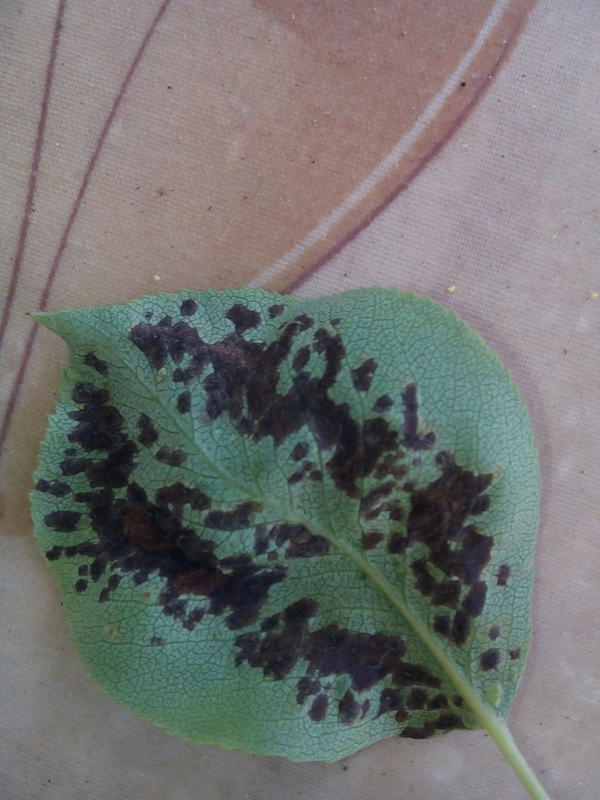
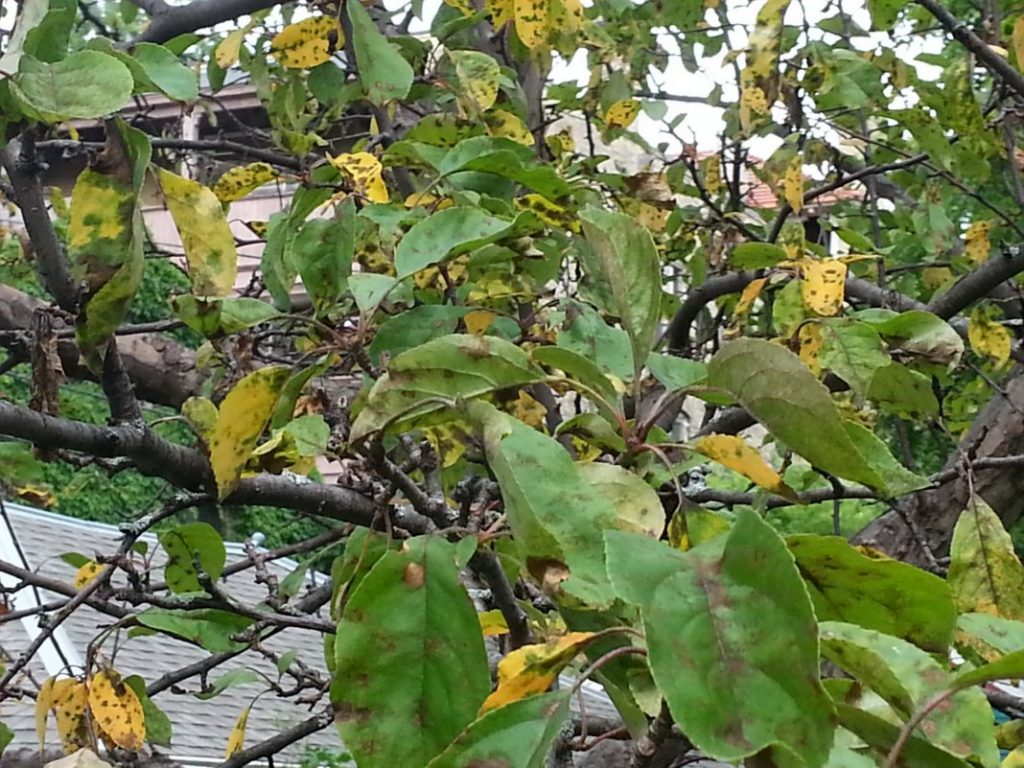


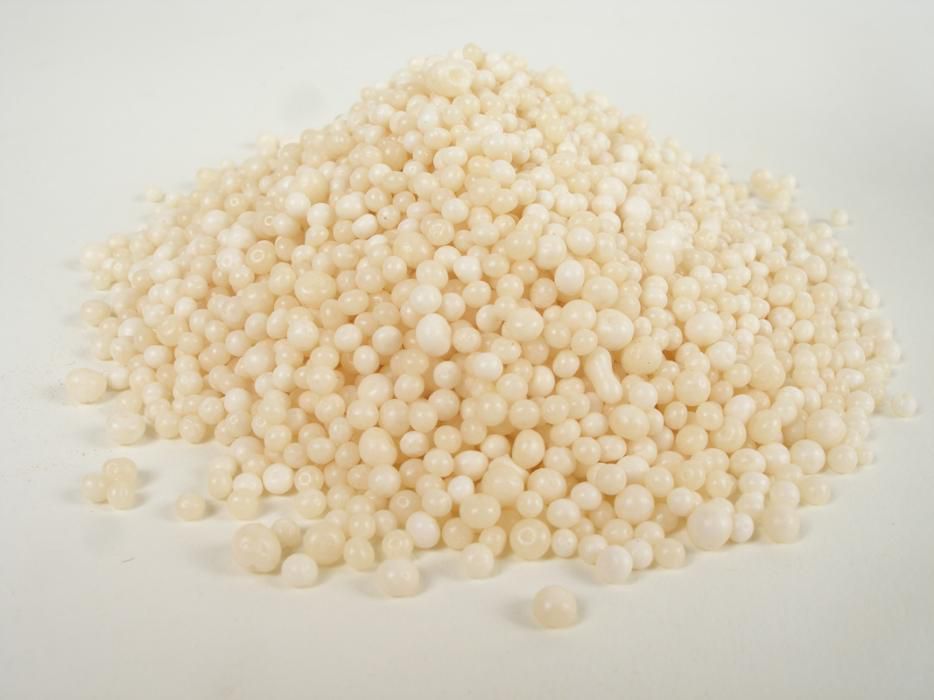
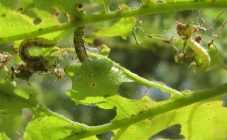

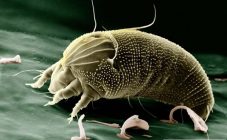
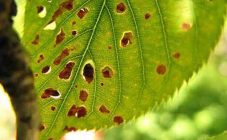
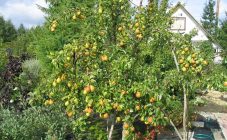
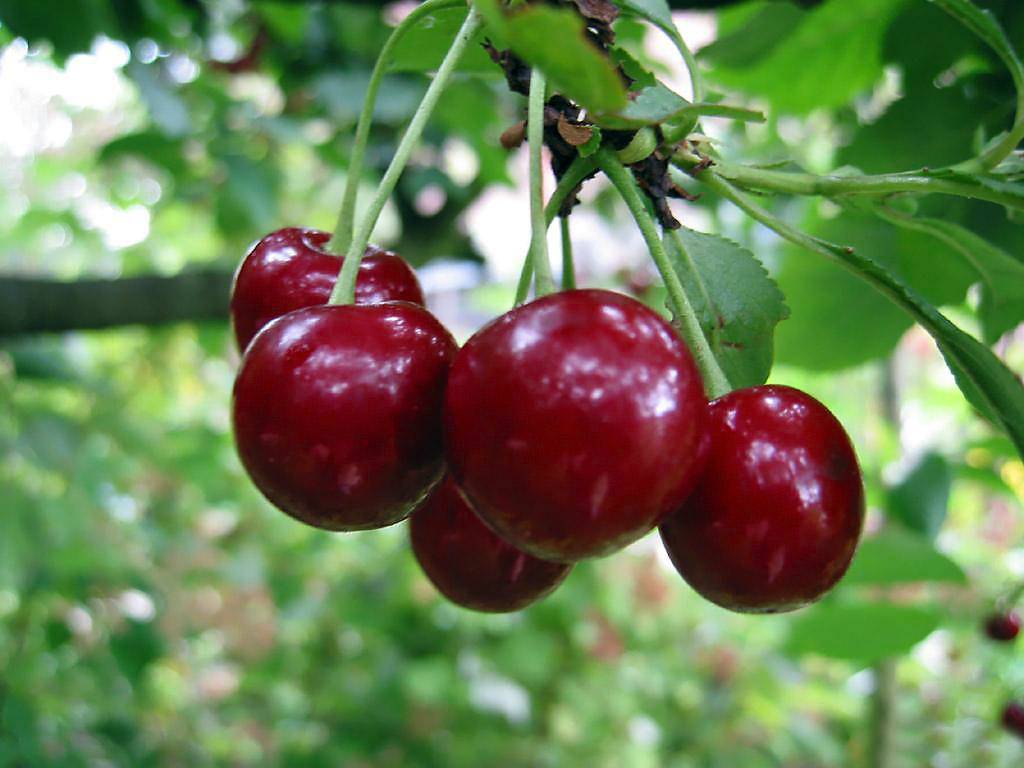







Thanks for the detailed information.